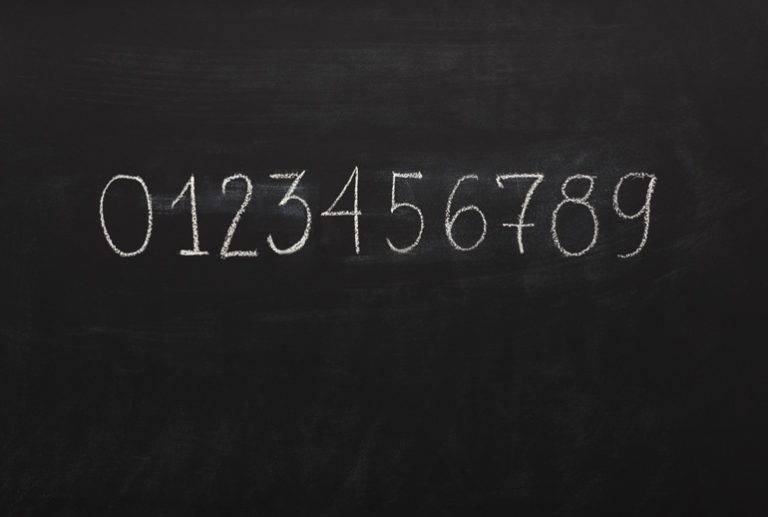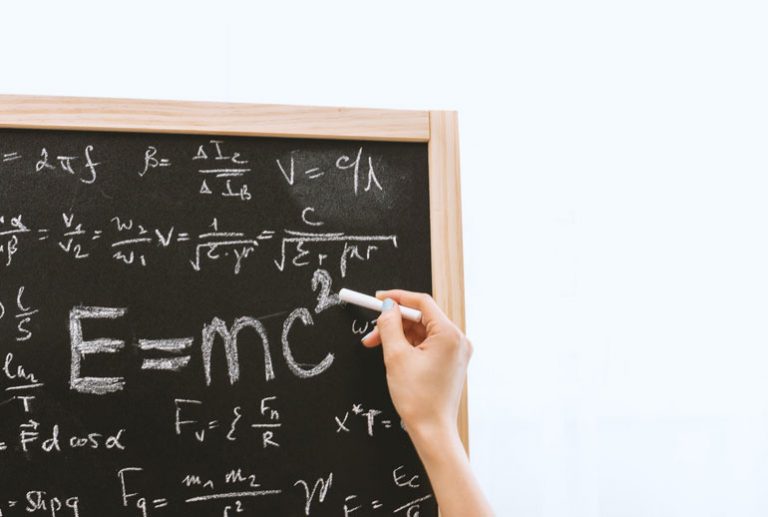Let us now briefly explore the world of probabilities. There are two types: simple and compound.
Examples of simple probability include: The probability of winning the lottery, the probability of getting heads when flipping a coin, or the probability of drawing a red chocolate from a bag of M&M’s
Examples of compound probability include: The probability of flipping a coin twice and getting heads both times, or the probability of drawing four random cards from a standard deck and getting the four aces.
There are several ways to express the likelihood that a certain event will occur—that is, its probability. One of the most common is to express it as a percentage between 0% and 100%, as when saying there is an 80% chance of rain tomorrow. Another method is to express it as a ratio, for example: “1 in 200,000,000” or “1 in 100.”
A probability close to 0% means the event is very unlikely. A probability close to 100% means the event is almost certain.
For example, in the Florida Lotto, you must match six numbers out of fifty-three. The probability of winning the jackpot is therefore 1 in 22,957,480, which equals 4.35 × 10⁻⁶% (or 0.00000435%). Clearly, this is an extremely low probability, which is why winning the jackpot is so difficult.
Another example: Meteorologists often tell us the chance of rain for the next day. If they say there is an 80% chance of rain, it means we should bring an umbrella. If they say the chance is only 5%, it likely means the day will remain dry.
Mathematically, a simple probability is defined by the following formula: Number of favorable outcomes ÷ Total number of possible outcomes. For example: What is the probability that drawing a random card from a standard 52-card English deck yields the ten of hearts?
There is only one ten of hearts in the deck, so:
1 ÷ 52 = 0.0192 (or 1.92%)
What is the probability that the drawn card is an ace of any suit?
There are four aces in a deck, so:
4 ÷ 52 = 0.0769 (or 7.69%),
which can also be expressed as 4 out of 52, 4:52 or simplified to 1:13.
Now consider a compound probability, which is calculated by multiplying the individual probabilities of each independent event.
For example: What is the probability of randomly drawing four cards from a deck and having all four be aces?
The chance of drawing an ace on the first try is 1 in 52 (1.92%)
Then, with one ace removed, the chance of a second ace is 1 in 51 (1.96%)
Then, 1 in 50 (2%)
Finally, 1 in 49 (2.04%)
The compound probability is: 0.0192 × 0.0196 × 0.02 × 0.0204 = 0.000000153, which is 0.0000153%, or 1.53 × 10⁻⁵%, or expressed another way: 1 in 6,535,948.
This means you have 6,535,947 chances to miss, and only one chance to succeed. Drawing the four aces on your first try is highly unlikely. And trying again does not improve your odds—cards have no memory. Even after ten million tries, the probability remains the same each time.
If you were to invite 6,535,948 people, give each a deck of cards, and ask them to draw four cards at once, it is entirely possible that no one would draw all four aces. They all face the same low probability.
Now consider this: what about an event with 1 × 10³⁶⁸ unfavorable outcomes, and only one favorable one?
If the desired outcome occurs on the first attempt, despite 1 × 10³⁶⁸ cases against it, would it be unreasonable to call that a miracle? Couldn’t such an occurrence be described as a mathematical and probabilistic definition of a miracle?



